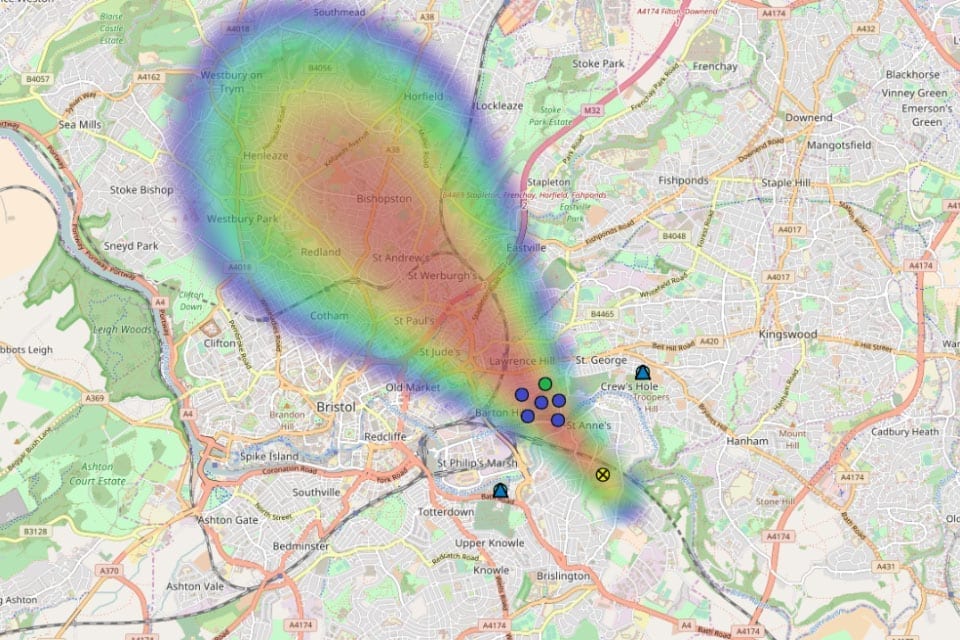The Hazard Assessment Simulation and Prediction Suite (HASP), software which models how Chemical, Biological, Radiological and Nuclear (CBRN) threats will disperse if released in urban or open areas, will now be available to first responders this month.
Developed the UK’s Defence Science and Technology Laboratory (Dstl) and licensed to Riskaware by Ploughshare Innovations, the modeling software will help situational awareness of emergency managers working to contain the threat while protecting first responders and the public.
Developed over two decades, the HASP Suite provides hazard predictions in a matter of minutes, greatly improving upon previous models. It also takes into consideration the interactions between indoor and outdoor dispersion and as well as estimating the source parameters, such as location, discharge time, and the amount of substance released.
The HASP Suite also be available in a next generation CBRN information management system known as EuroSIM CBRN.
Read also:


